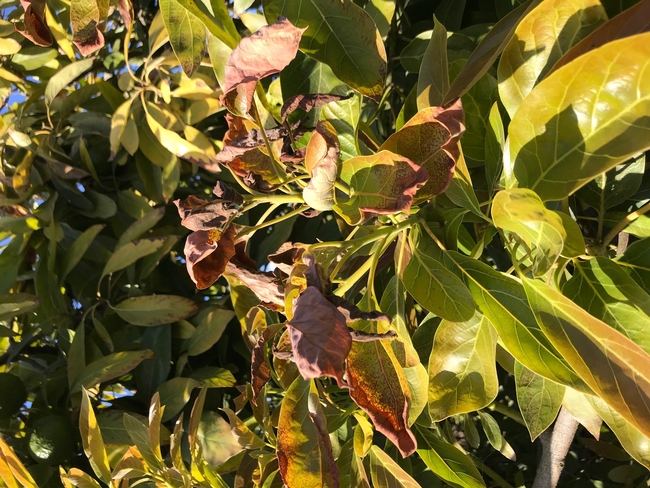Forecasts are for a mild La Nina which usually means low rainfall, cooler temperatures and relative humidities, all of which usually means greater conditions for freeze events. Watch some of these training videos from UC Davis Land Air Water Resources Department to prepare for those events:
https://lawr.ucdavis.edu/cooperative-extension/frost-protection
Frost Protection
In the United States, the economic losses due to frost damage exceed all other weather-related phenomena. Although the economic, environmental, and social impacts of frost damage are significant on a local and global scale, the information available to the public, particularly growers, on how to avoid plant damage is insufficient. As a result, the University of California Cooperative Extension created the following narrated training units to provide growers with the scientific principles behind frosts and to demonstrate various methods to prepare for frosts and avoid plant damage. The training unit titled “Passive Frost Protection” discusses the basic definition and types of frosts, how frosts relate to atmospheric conditions, and the preventative measures that are carried out prior to a frost event to avoid or minimize damage. The training units “Active Frost Protection: Water” and “Active Frost Protection: Wind Machines” discuss the energy and labor intensive processes carried out during a frost event. The final training unit, “Methods of Measuring Temperature”, provides instructions for measuring various types of temperatures critical to frost monitoring and describes several of the frost alarm systems available to growers.ystems available to growers.
Additional features
- English and Spanish Versions
- Incorporate examples from certain types of crops with a primary focus on vineyards
Training Units :
The presentations below will run automatically on your computer, and include recorded audio.
